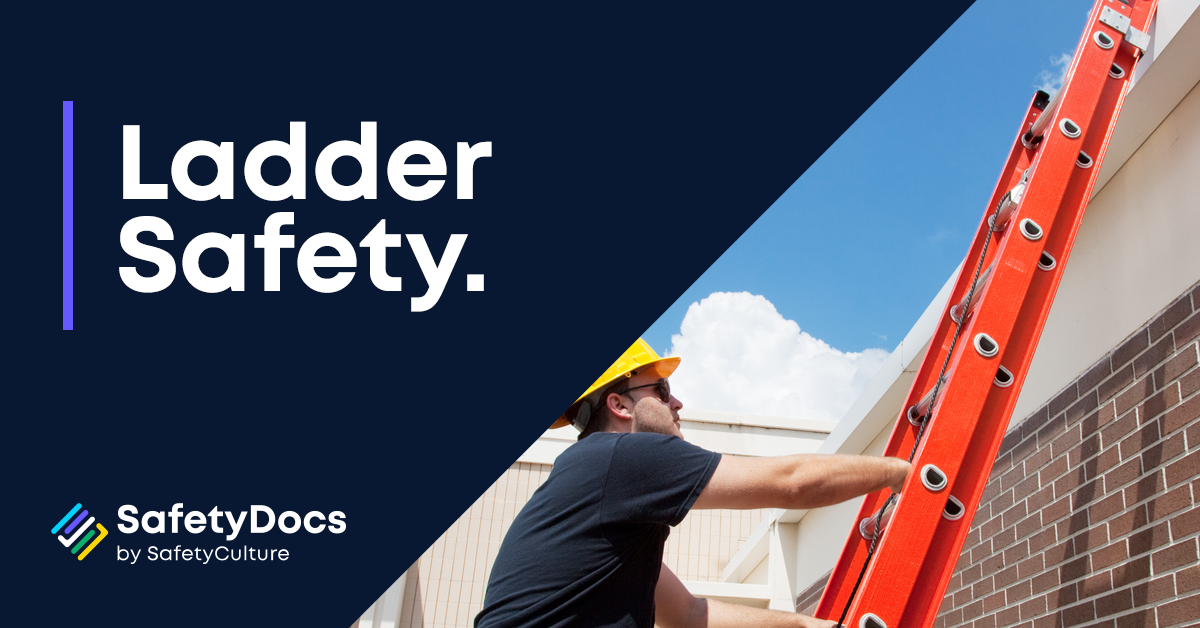Nov 10th 2021 |
Do you know the ladder laws in your state/territory?
Do you know the laws for working on a ladder?
Workplace Health and Safety laws are there to keep us safe, but like most laws, they can sometimes be challenging to understand in their legal format.
For the newsletter this week, we decided to see what the regulations say about using a ladder at work. After all, the Acts and Regulations are the actual point of truth for the legal requirements.
We'll also show you how to find this information yourself. We thought we would look at Queensland laws for this example, but the process will be the same no matter what state or territory you work in.
STEP 1 - Where do we look? |
|
The first step is to visit the WHS regulators website, in this case,
WorkSafe QLD. From the home page, it is straightforward to find the regulations by going first to the laws and compliance page and following the links to end up at the Work Health and Safety Regulation 2011.
This is where the specific laws about using ladders in QLD workplaces can be found. |
STEP 2 - An easy way to search |
|
A quick search in the regulation for the term ‘Ladders’ takes us to Sections 306-K to section 306-O, where information about ladder use is detailed. |
|
|
STEP 3 - Interpreting the regulations |
|
This is where some people start to glaze over because legislation is written in a particular way due to the legal requirements it must cover. Ladders are a pretty easy one to start with, but even so, there are things to watch out for. For example, section 306-K (b) states that a person must not use a ladder to do construction work… unless the work is ‘permitted work.’ This can be confusing to people who don’t know that you now need to look up the definition of ‘permitted work’ to find out what that actually means. |
STEP 4 - What does it actually say about single or extension ladders? |
|
In summary, and paraphrasing the actual wording under each section, including the definition of permitted work, let's have a look at what is required.
What work may be done from single or extension ladders?
Work on a ladder for housing construction work—at least 3m high or at least 2m high for other work?
|
STEP 5 - Is there more? |
|
Yes, in general, the regulations also state that single and extension ladders must meet the following requirements:
|
STEP 6 - Can I get help understanding what is required? |
|
Yes, you can! As we stated earlier, the regulations are the point of truth but can be difficult for a layperson to read and understand. This is why the regulators, in conjunction with Safe Work Australia, provide easy to understand material such as Codes of Practice, guidance notes and other resource material. This type of material can be found on the regulator's website for your state and is written in plain English terms, so you know exactly what you need to do. |
Can SafetyDocs by SafetyCulture Help? |
|
SafetyDocs can provide you with easy to understand templates, forms and checklists to support all of your regulated requirements. |
Share This Article

